The purpose of the True Reformers was clear. Founded by William Washington Browne as a Black temperance organization in the late 19th century, it later grew into an insurance, banking and newspaper enterprise that catered to Black people in need of business loans, aid and services they couldn’t obtain from White-owned businesses, according to Encyclopedia Virginia. At one point it was the largest Black-owned business in the United States.
The building was also a symbol of Black Washington’s growing political, economic and educational strength.
John Anderson Lankford, Washington’s first Black registered architect, designed the building. It “stands out to the civilized world as a sample or example of what the Negro can do and has done with his brain, skill and money,” he said at the time, according to Cultural Tourism DC.
Now the Public Welfare Foundation, owners of the building since 1999, is making efforts to inform both newer Washingtonians and lifelong residents about its importance.
In the process, the foundation wants to continue the building’s legacy as a resource for Black Americans.
“This is literally hallowed ground,” Candice C. Jones, the Public Welfare Foundation’s chief executive, said last week as she led a tour through the 119-year-old building, which was updated in 2001 and remodeled again in 2019 just before the pandemic.
“Why is this landmark significant?” Jones asked. “Because just a couple of blocks over on Vermont used to be a tent town where Black people fleeing racial terror in the South would come and set up refuge. The True Reformer society … would pool their resources and offer people services that they couldn’t get on the market.”
This week the foundation will celebrate its 75th anniversary as a nonprofit that has distributed more than $700 million to grantees doing social justice work, including pushing for reform in youth and adult criminal justice. There will be parties, music (including a performance by the Howard University marching band), panel discussions and a keynote speech by Bryan Stevenson, executive director of the Equal Justice Initiative.
The anniversary, Jones said, is a chance for the organization to celebrate its ongoing work: seeking “transformative justice.” That means not simply calling for “less policing, less prison, less sentencing,” she said, but also for funding approaches that will address needs at earlier stages.
“It can’t all be about dismantling. It’s about what you’re building,” Jones said. “And the only thing that we’re going to be able to build is truly more investment in communities of color.”
The True Reformer building stands as a symbol of what investment can do for a neighborhood. And what happens when that investment disappears.
Today, the most distinguishing characteristic on the outside of the building is the massive mural of Ellington, a replica of one that was once above the U Street Metro station. Approaching from the west, the mural, by Washington artist G. Byron Peck, is almost impossible to miss, a reminder in the heavily gentrified corridor of its Black beginnings.
In the early part of the 20th century, Howard University, just blocks away, was a vibrant young college whose graduates saw opportunity blossoming for them in the newly developing U Street corridor and other parts of the District. U Street expanded and grew into the District’s version of “Wall Street and Harlem’s 125th Street all at one time,” said Maurice Jackson, an assistant professor of African American history at Georgetown University.
“All of the great clubs were there,” Jackson said. “And all of the great performers would play there. Duke Ellington, Ms. Lena Horne.”
Jackson said Ellington occasionally played shows in the building’s auditorium and gymnasium between basketball games.
As U Street began to thrive, however, the fortunes of the True Reformers organization faded because of financial scandals and mismanagement. A fraternal organization and secret society bought the building in 1917, and in the middle part of the century, it served as the only Boys Club in the District to admit Black people. Other businesses and organizations would rent out the building over the years, but the 1968 riots after the assassination of Martin Luther King Jr. laid waste to much of U Street. The building survived intact, but the corridor’s fortunes fell away.
In 1989 the building was listed on the National Register of Historic Places, and 10 years later it was purchased by the Public Welfare Foundation, which fully renovated and refurbished the building before opening it in 2001.
Today the building’s other tenants also address criminal justice issues. The Washington Legal Clinic for the Homeless and the National Reentry Network for Returning Citizens have their offices in the building. And Public Welfare, the building’s owner, has said it will make offices available at no charge to other nonprofits that are working to address crucial social concerns. It has also offered its meeting rooms to organizations that need space and installed large glass windows on the first floor to make it more appealing to passersby and give them a better sense of the work taking place there.
Like the building’s original owners, Jones says that investment in communities is essential. Especially when it comes to issues of justice and judicial reform. In successful communities, Jones said, there’s a continuum of care offered to people, including mental health services, counselors, education and a focus on well-being.
“We’ve got to start to put some investment in the things that we want to see, and we don’t want all the tactics to be suppression and incarceration,” she said. “We have to have some alternative models available for real harm reduction, because that’s what’s going to get us to healthy communities.”
Public Welfare’s work, Jones said, follows on the original purpose of the building’s first owners by serving Black Americans facing systemic discrimination. “You have all of that history that’s just bubbling up through this place,” she said. “And it is now existing to support exactly the kind of work that’s done here.”



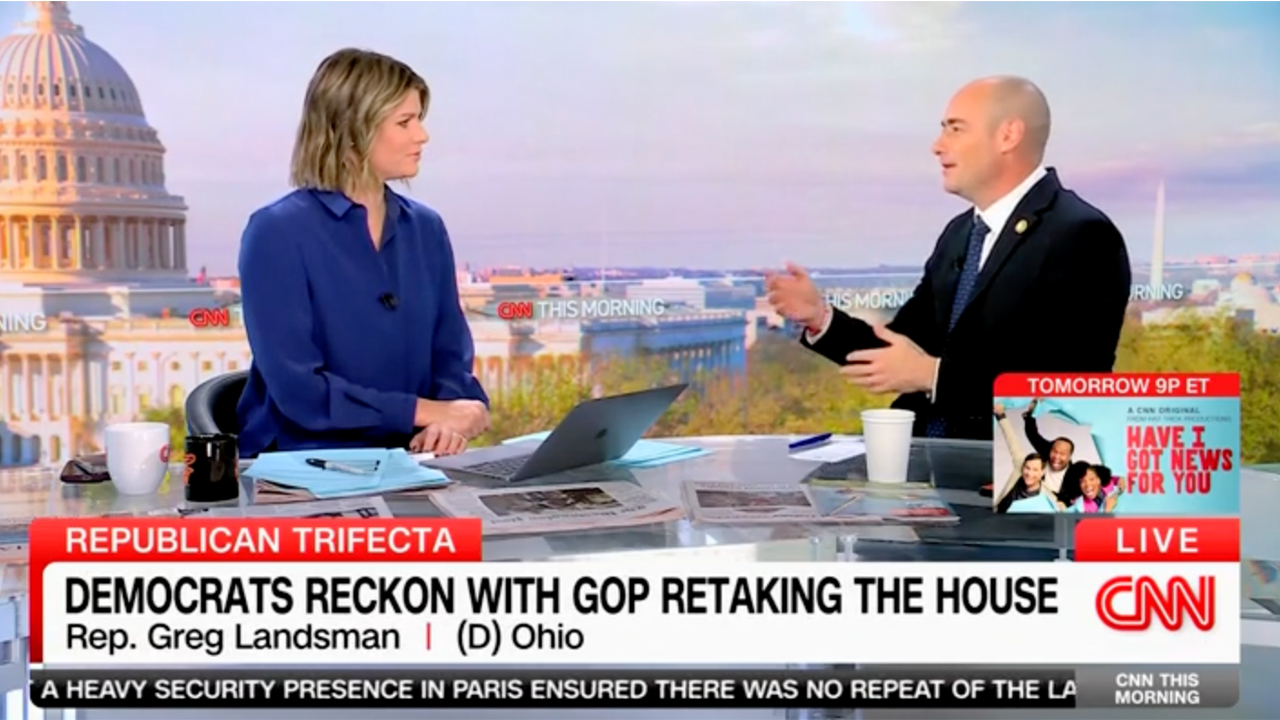
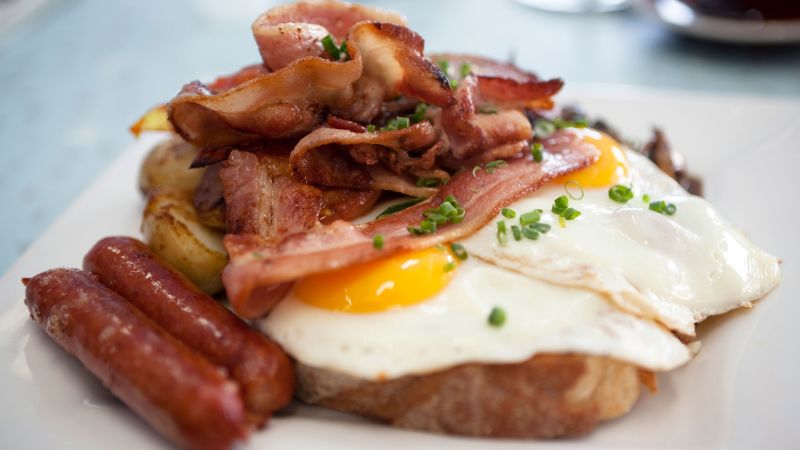
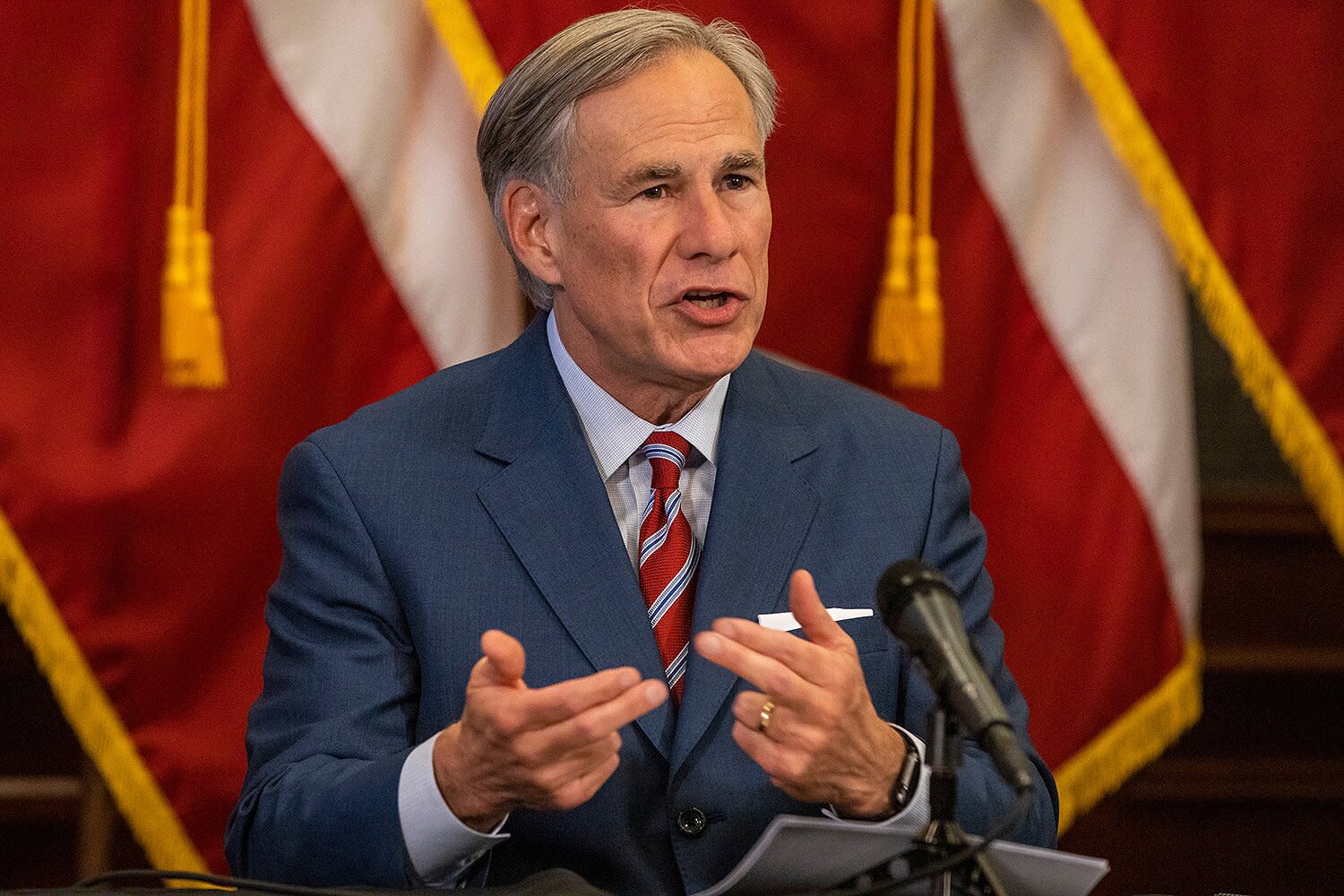
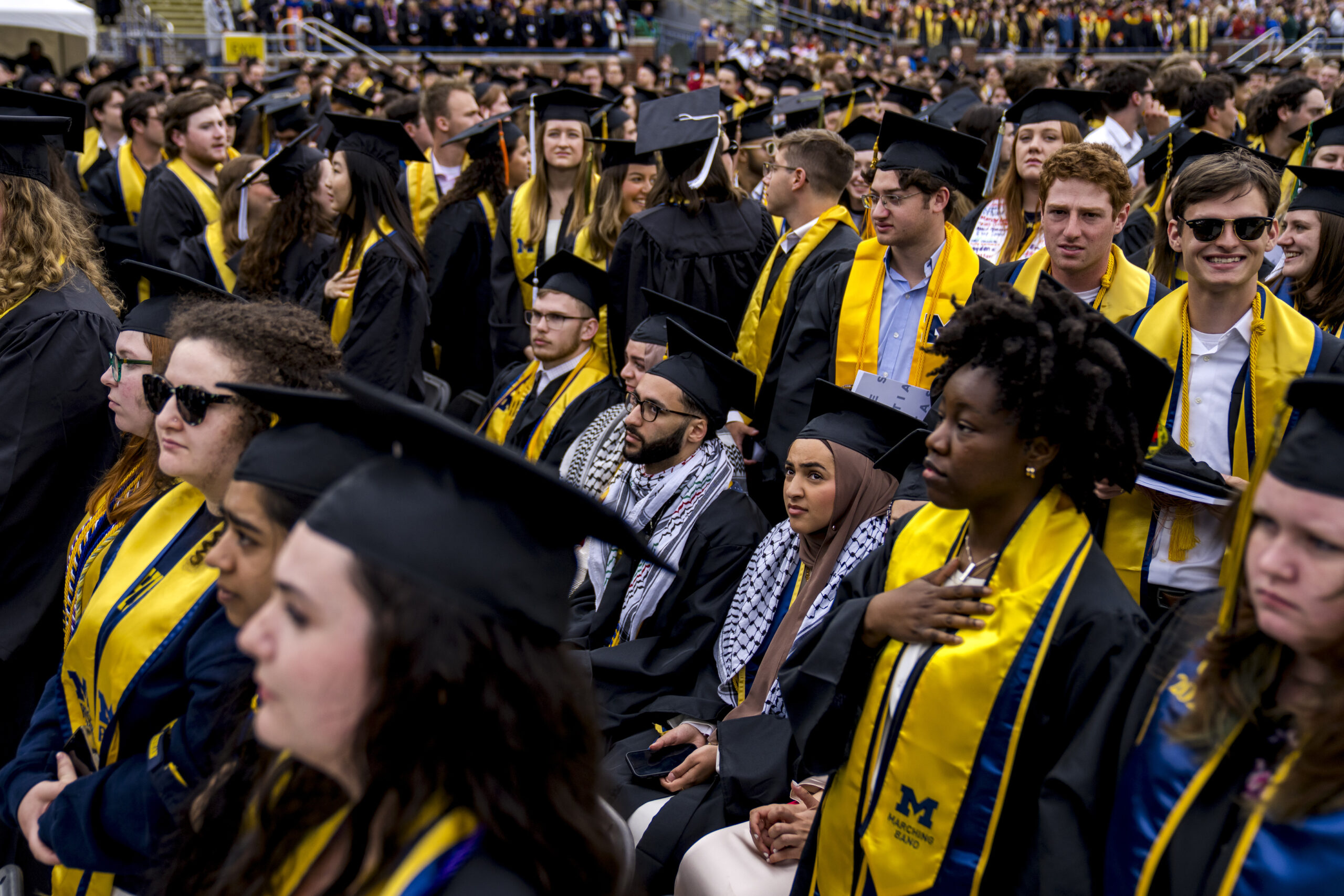


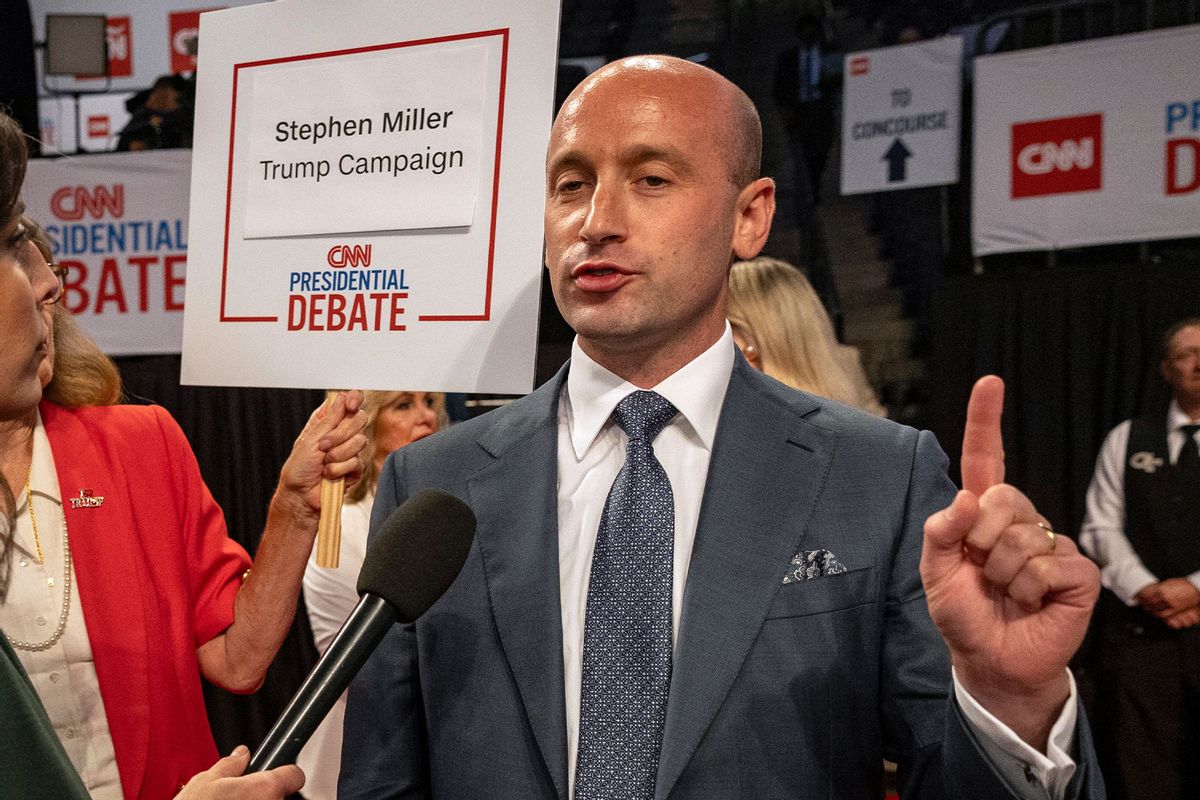


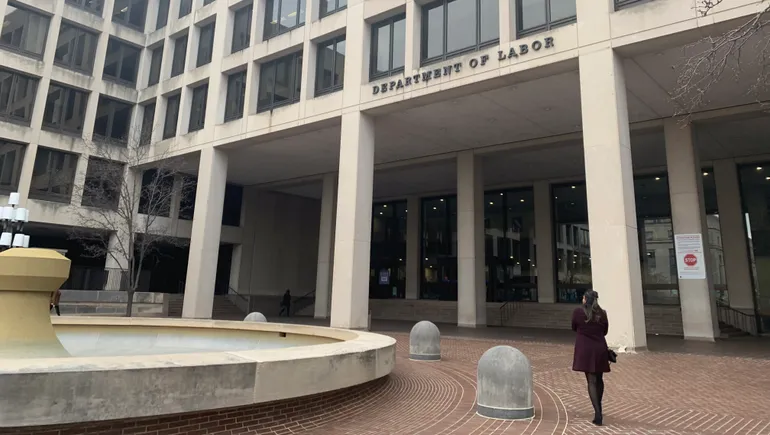



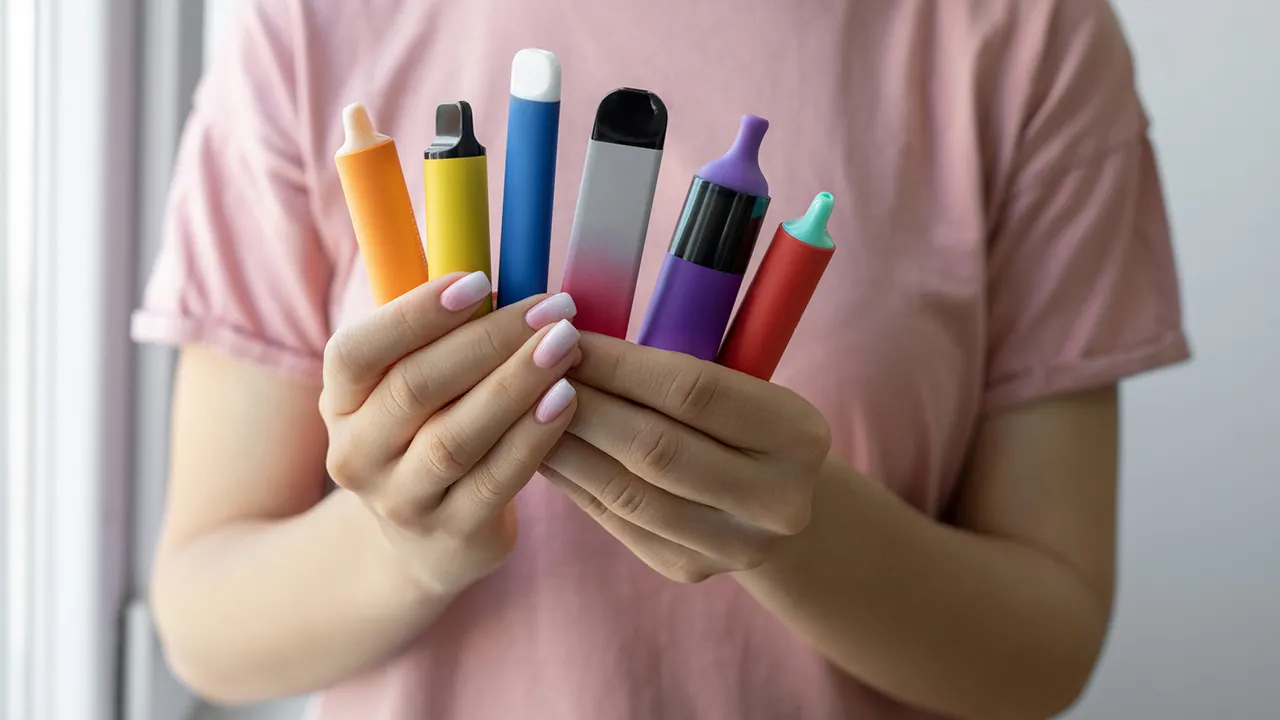




Discussion about this post